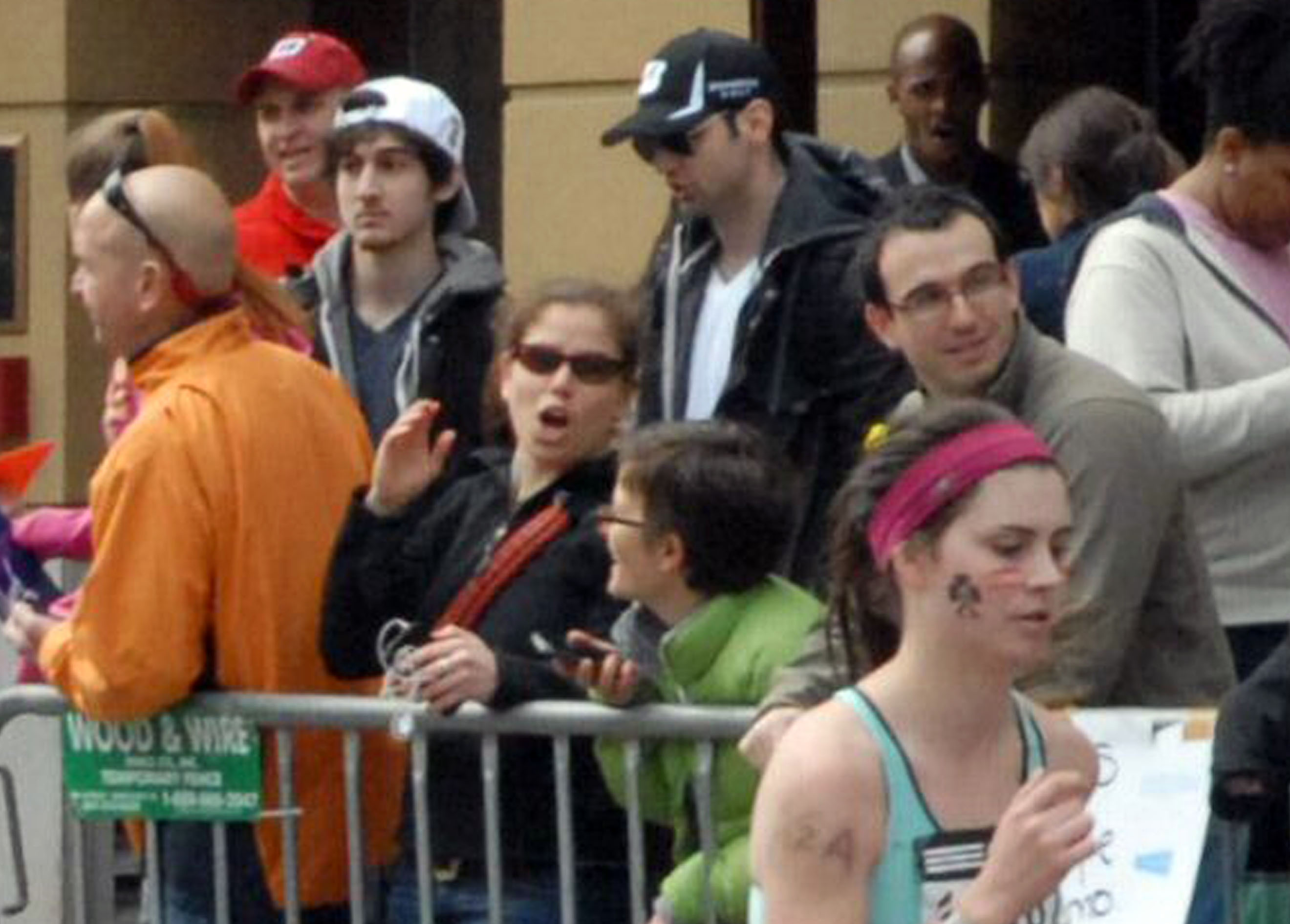Within hours of the Boston Marathon bombing, investigators were already overwhelmed. Bloody clothing, bags, shoes and other evidence from victims and witnesses was piling up. Videos and still images, thousands of them, were pouring in by email and Twitter.
Quickly, the authorities secured a warehouse in Boston's Seaport district and immediately filled the sprawling space: On half of the vast floor, hundreds of pieces of bloody clothes were laid out to dry so they could be examined for forensic clues or flown to FBI labs at Quantico, Virginia, for testing. In the other half of the room, more than a dozen investigators pored through hundreds of hours of video, "looking for people doing things that are different from what everybody else is doing," Boston Police Commissioner Edward Davis said in an interview Saturday.
The work was painstaking and mind-numbing: One agent watched the same segment of video 400 times. The goal was to construct a timeline of images, following possible suspects as they moved along the sidewalks, building a narrative out of a random jumble of pictures from thousands of different phones and cameras.

















With your current subscription plan you can comment on stories. However, before writing your first comment, please create a display name in the Profile section of your subscriber account page.